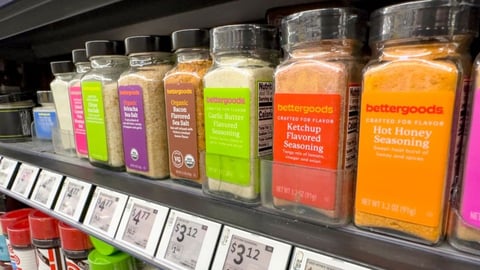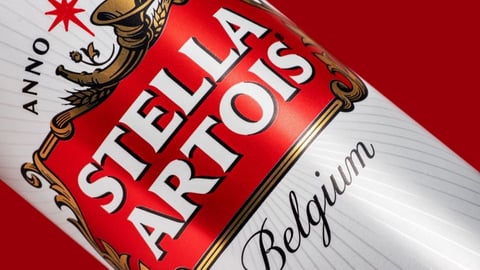4 Things CPG Supply Chain Chiefs Must Do To Grow DTC: Gartner
It's hard to find a consumer goods company that hasn't navigated myriad supply chain challenges over the last two years, often leading to out-of-stocks and fraying retail-CPG relationships.
Gartner recently laid out four action items for chief supply chain officers to heed as the industry heads into the all-important holiday season in order to avoid ceding share to competitors and disappointing consumers.
“By having a proactive backorder strategy in place, supply chain leaders can maximize their potential earnings and better serve consumers in the digital marketplace," notes Claudia Clemens, senior director analyst with the research firm's supply chain practice.
1. Label Products as ‘Backorderable’ or ‘Substitutable’
To begin, Gartner suggests that CPGs identify the products with high-confidence backorders. To do this, they must first define by which criteria products are “backorderable” so sales can plan for a definitive quantity for future deliveries.
While segmenting products, CPGs should also identify which SKUs can be marked “substitutable” so similar products can be recommended in their place in the case of out-of-stocks.
According to Clemens, some products are better suited for the backorder category, it all depends on reliability.
“Regardless, every product should have a predefined out-of-stock action that has been assigned based on factors including product life cycle, reliability of supply, lead times, and risk/benefit to hold inventory on hand vs. ‘make-to-order’,” said Clemens.
2. Measure Backorder Tolerance
When implementing a proactive backorder strategy, CPGs must ensure alignment and accountability by implementing metrics and tolerance levels for backorders. Without that visibility, CPGs will encounter obstacles such as demand inaccuracies — and this trickles down to poor allocation prioritization, capacity misalignment, and cross-functional friction.
“Often backorders have been viewed as ‘shadow’ transactions within the ‘real’ supply chain. An order is pending but can get lost amid the daily, more defined, more visible operations,” said Clemens.
[Read more: Demand Sensing and the Haves and the Have-Nots In Supply Chain Technologies]
Gartner says it is critical that CPGs have tracking in place to solve for multiple scenarios, including growing order volumes and how long a company can sustainably allow backorders. Tracking also allows brands to identify if any backorders are past due and how accurate delivery dates are.
3. Collaboration Across the Enterprise
Additionally, a successful backorder strategy requires the coordination and collaboration of several business areas. Therefore, both internal and external partners should work closely across customer service, warehouse and logistics, sales and marketing, and fulfillment. This also goes for suppliers and consumers.
This type of partnership should begin in the planning stages, when CPGs are first deciding if an item is backorderable or not. Discussions should continue throughout the process, however, particularly in sales and operations.
“Engaging suppliers in backorder strategies is also essential and gives them the chance to surface any unknown risks in advance,” said Clemens.
4. Include Backorders Within the Supply Chain Playbook
The supply chain and CPG environment has drastically changed, and that requires a shift in execution to enable new insights and capabilities. This means incorporating unified commerce strategies with backorders to give consumers hybrid options like pick-up-in-store or location-based availability.
Those that stay the course with their legacy systems and strategies will quickly find that their reactive approach to out-of-stock results in inconsistent performance for both internal operations and consumer experiences, says Gartner.
Today, customers expect a unified experience that “traverses easily between digital and physical, converges with mobile, social media, and the Internet of Things — and thus can serve them however, whenever, and wherever,” Clemens said.
Supply Chain Progress Across CPGs
Many consumer goods companies are using this moment to take a closer look at their supply chain structures, shifting leadership roles and automating significant processes to increase productivity and optimize growth.
Keurig Dr Pepper, for example, recently announced it would be realigning its supply chain structure and promoting from within its organization to move three senior supply chain leaders into new roles. Read more.
As Gartner stated, tracking across the supply chain is essential. Fresh Del Monte Produce recently invested in blockchain startup technology with a view to improving food safety, tracking, and traceability across their products and services. Read more.
And as brands navigate out-of-stocks, they should also be considering how pricing may affect sky-high demand and replenishment obstacles. AB InBev is seeking to accelerate its pricing capabilities at both the strategic level — by country and brand — and at a more granular SKU level. Learn more.




